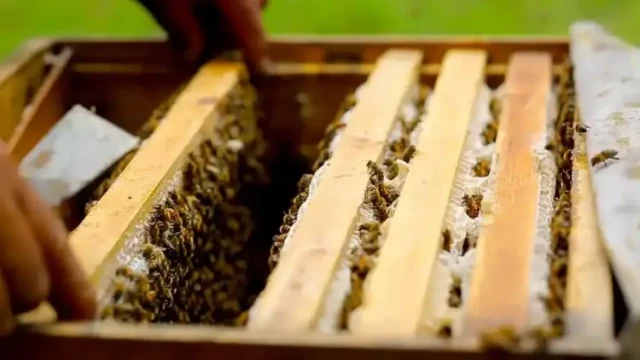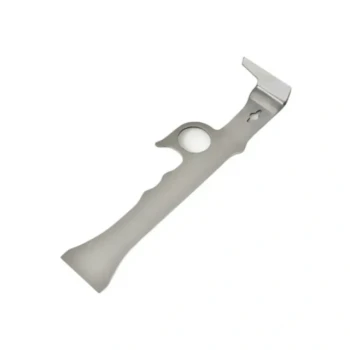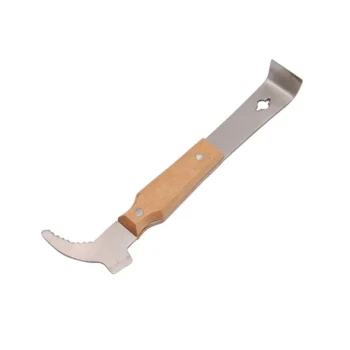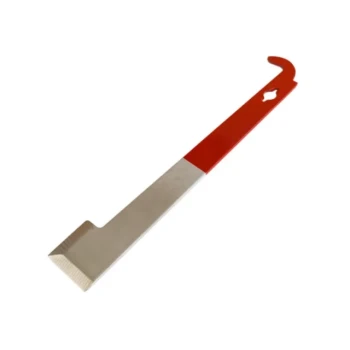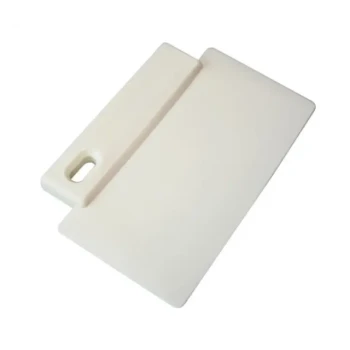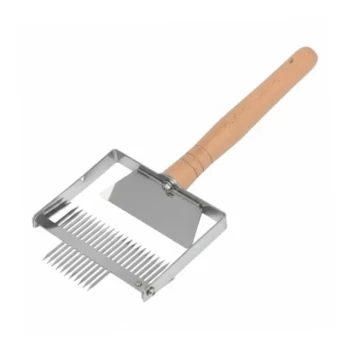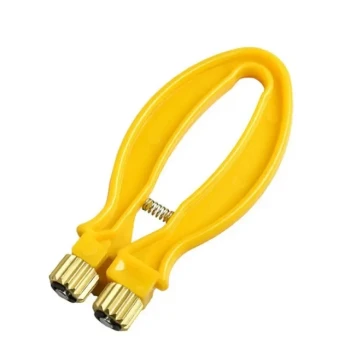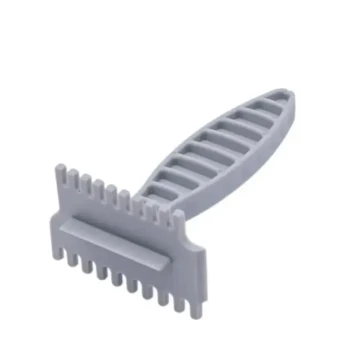Selecting the right hive tool isn’t just about convenience—it directly impacts your efficiency, hive health, and long-term comfort during inspections. Whether you manage Langstroth hives with removable frames or Warre hives with fixed bars, the ideal tool balances material durability, ergonomic design, and task-specific features. Here’s how to align your choice with your apiary’s needs.
Choosing the Right Hive Tool for Your Apiary
Start with hive type and frequency of use.
- Langstroth hives: Require tools optimized for prying frames and scraping propolis. The ability to remove individual frames calls for precision.
- Warre hives: Fixed bars demand tools with stronger leverage for gentle separation, as noted in hive design studies. Warre’s vertical stacking design increases stress during relocation, so a sturdy tool minimizes colony disruption.
For commercial beekeepers performing daily inspections, corrosion-resistant materials and quick-grip handles reduce repetitive strain. Hobbyists prioritizing weekend upkeep might prioritize affordability over heavy-duty features.
The Role of Hive Tool Length in Task Efficiency
Shorter tools (6–8 inches) offer control for detailed scraping but require more force for prying. Ideal for:
- Precision wax removal
- Small-handed users
Longer tools (9+ inches) provide leverage for heavy propolis or stuck frames. Best for:
- Commercial apiaries with high-volume inspections
- Warre hives needing bar separation
Pro Tip: Keep a multi-length toolkit if you manage mixed hive types.
Stainless Steel vs. Alternative Materials: Durability and Maintenance
| Material | Pros | Cons | Best For |
|---|---|---|---|
| Stainless steel | Resists rust, long lifespan | Higher cost | Wet climates; frequent use |
| Carbon steel | Affordable, sturdy | Requires oiling to prevent rust | Dry regions; budget-conscious buyers |
| Titanium | Lightweight, corrosion-proof | Premium price | Commercial operations |
Research shows: Stainless steel tools dominate commercial honey extraction workflows due to their compatibility with sterilizing practices.
Hook Designs Decoded: Scraping, Prying, and Hive-Type Compatibility
1. J-hooks
- Angled for Langstroth frame grooves
- Excels at lifting frames without splintering wood
2. Straight scrapers
- Broad edges for cleaning hive walls
- Warre hive compatibility (less leverage needed than frame prying)
3. Multi-tip hybrids
- Combine scraping and prying functions
- Trade-off: May lack specialization for high-volume tasks
Case in point: One study noted that apiaries using hybrid tools saw a 20% slower honey extraction rate versus those with task-specific designs.
Ergonomics and Visibility: Reducing Fatigue and Loss Prevention
Grip matters:
- Rubberized handles prevent slippage in humid conditions.
- Brightly colored tools (e.g., neon handles) are 40% less likely to be misplaced in tall grass.
Weight distribution:
- Heavy tools strain wrists during repetitive motions.
- Test before buying: Balance the tool like a pencil—it should feel neutral in your hand.
Optimize Your Apiary with the Right Tools
Every component of your hive tool—from its hook angle to its grip texture—should align with your hive type, climate, and inspection habits. Commercial beekeepers benefit from stainless steel’s durability, while hobbyists might prioritize ergonomic handles.
Ready to upgrade your beekeeping workflow? Explore HONESTBEE’s wholesale-focused selection of hive tools, designed to meet the demands of commercial apiaries and distributors. From corrosion-resistant scrapers to high-visibility handles, find tools that keep your colonies—and your productivity—thriving.
Products You Might Be Looking For:
Visual Guide
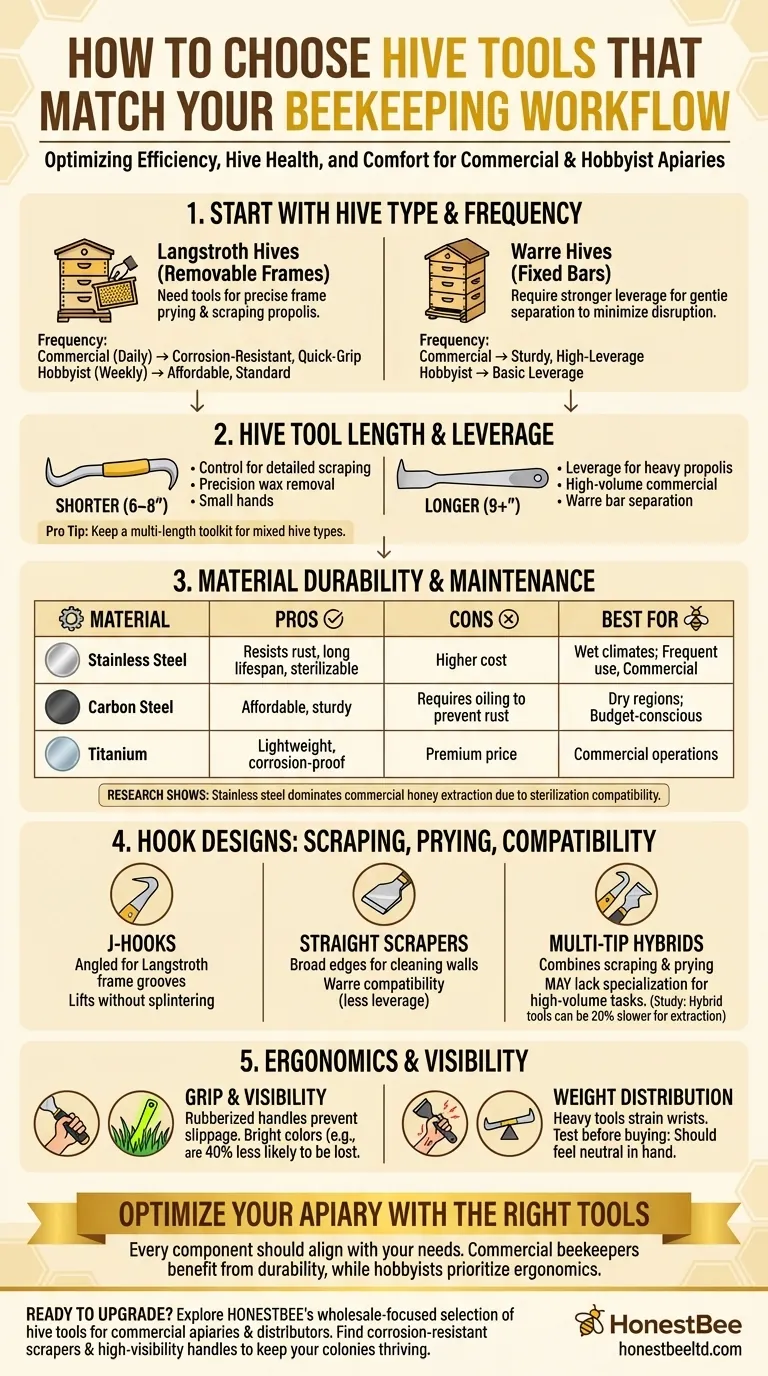
Related Products
- HONESTBEE Advanced Ergonomic Stainless Steel Hive Tool for Beekeeping
- HONESTBEE Professional Multi-Functional Hive Tool with Ergonomic Wood Handle
- Professional Stainless Steel J-Hook Hive Tool
- Wholesales Dadant Size Wooden Bee Hives for Beekeeping
- Long Langstroth Style Horizontal Top Bar Hive for Wholesale
Related Articles
- How to Build a Smarter Beekeeping Tool kit: Strategic Tools for Every Hive Challenge
- Strategic Summer Hive Management: Maximizing Flow Super Efficiency While Preserving Colony Health
- How to Choose the Best Beehive Type for Your Climate and Terrain
- The Essential Guide to Hive Tools in Modern Beekeeping
- The Comprehensive Benefits of Beekeeping
